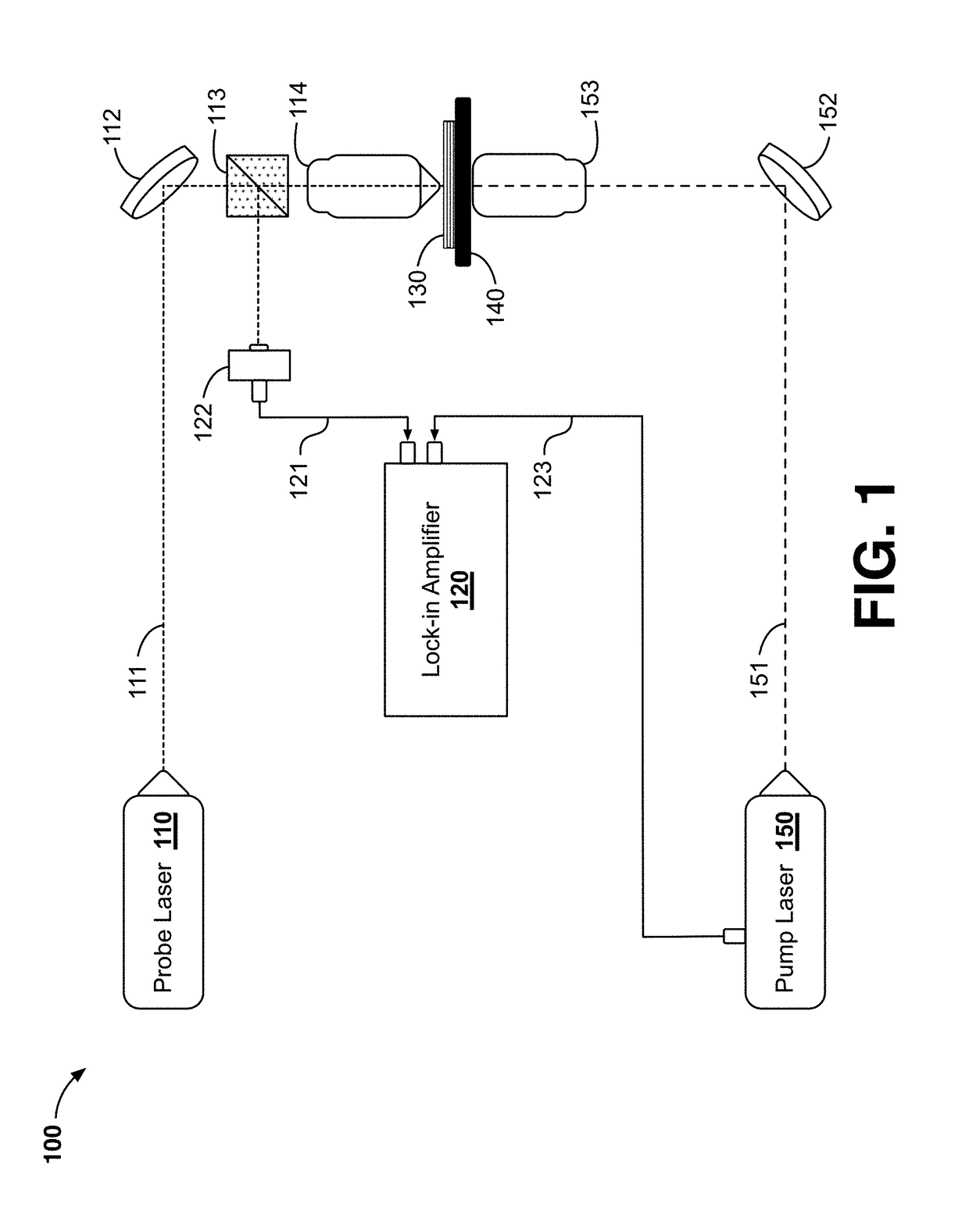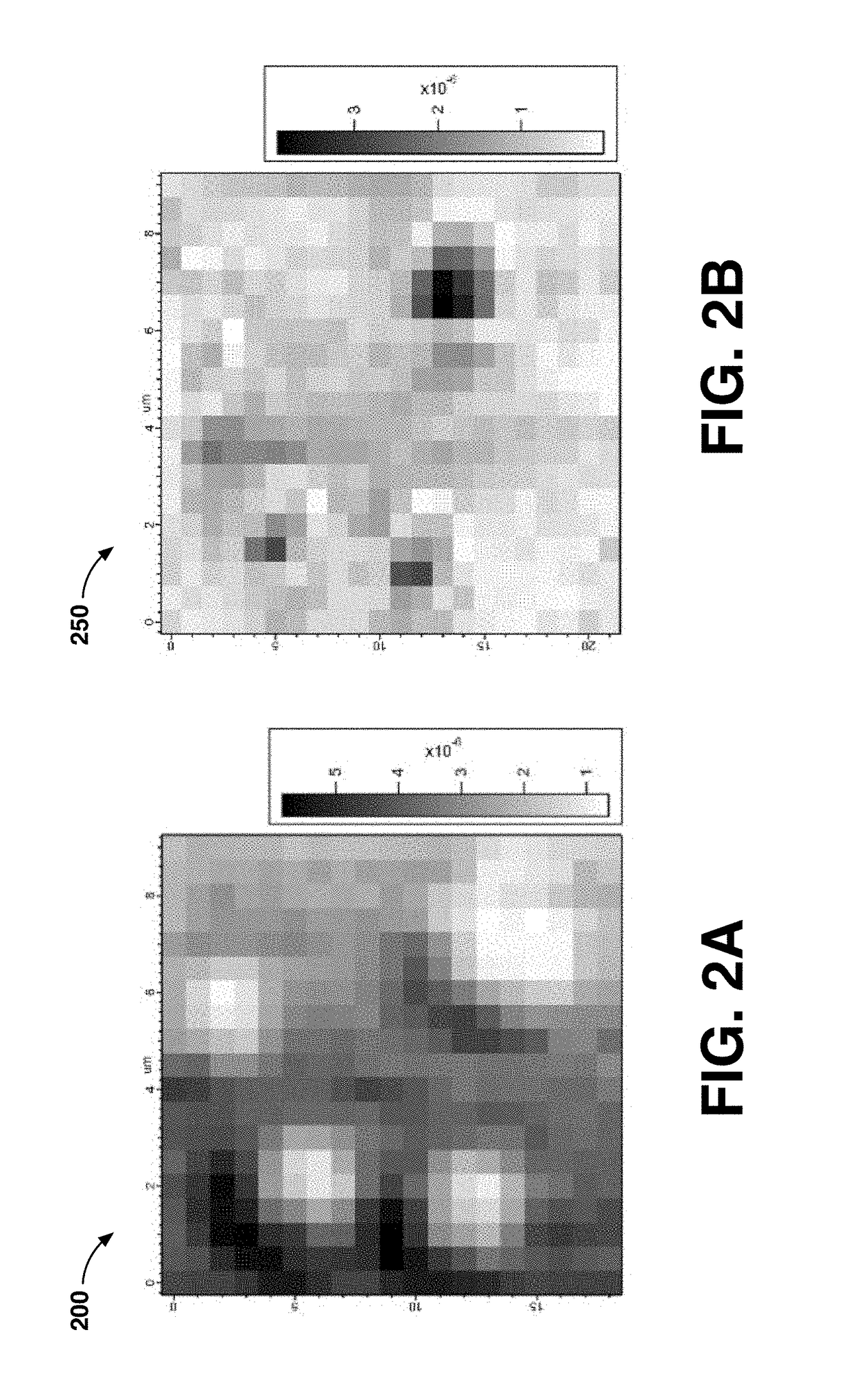Photothermal imaging device and system
- Summary
- Abstract
- Description
- Claims
- Application Information
AI Technical Summary
Benefits of technology
Problems solved by technology
Method used
Image
Examples
Embodiment Construction
[0026]The following description of example methods and apparatus is not intended to limit the scope of the description to the precise form or forms detailed herein. Instead the following description is intended to be illustrative so that others may follow its teachings.
[0027]Mid-infrared radiation is resonant to the vibrational excitations of many chemical bonds and can, therefore, its absorption spectra reveal a wealth of information of molecular composition. When MIR spectroscopy is performed in a localized area, identifying, characterizing and tracking microscopic objects become accessible. Databases of MIR spectra enable analysis of complex structures, such as single live cells and individual protein complexes. Since MIR spectroscopy reflects the vibrations of chemical bonds, the unique combination of different chemical bonds in a molecule gives rise to a characteristic spectral “fingerprint.” This circumvents the common procedures of applying stains, fixatives, or exogenous flu...
PUM
 Login to View More
Login to View More Abstract
Description
Claims
Application Information
 Login to View More
Login to View More - R&D
- Intellectual Property
- Life Sciences
- Materials
- Tech Scout
- Unparalleled Data Quality
- Higher Quality Content
- 60% Fewer Hallucinations
Browse by: Latest US Patents, China's latest patents, Technical Efficacy Thesaurus, Application Domain, Technology Topic, Popular Technical Reports.
© 2025 PatSnap. All rights reserved.Legal|Privacy policy|Modern Slavery Act Transparency Statement|Sitemap|About US| Contact US: help@patsnap.com



